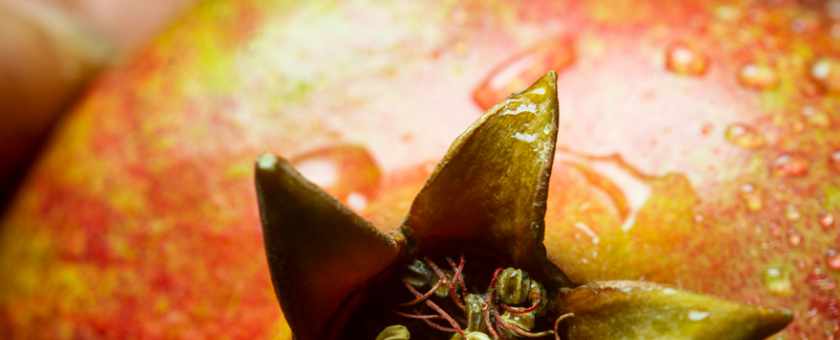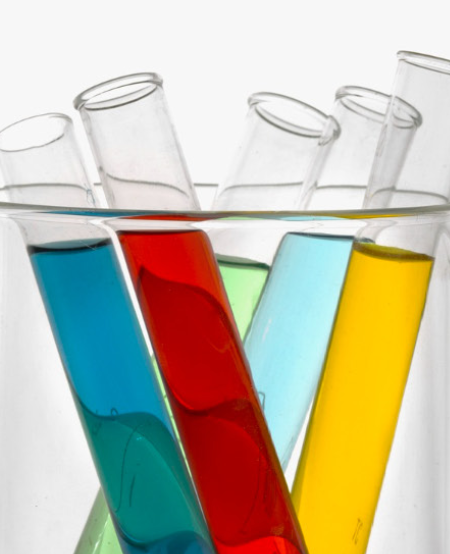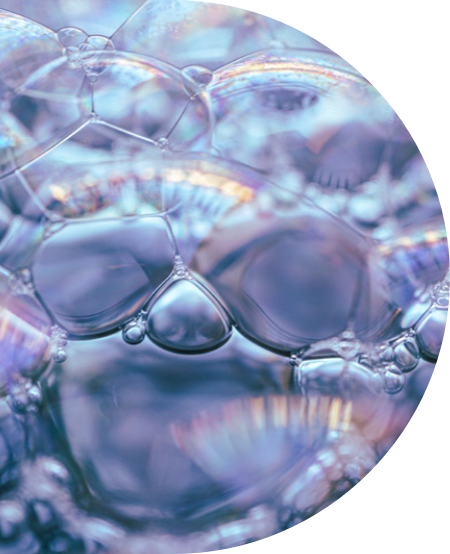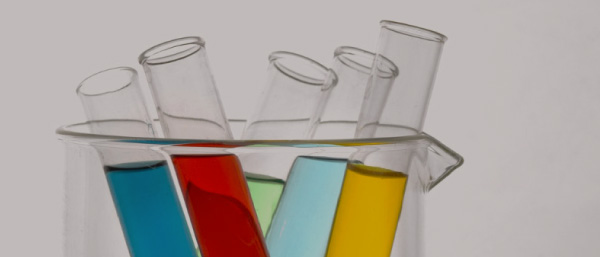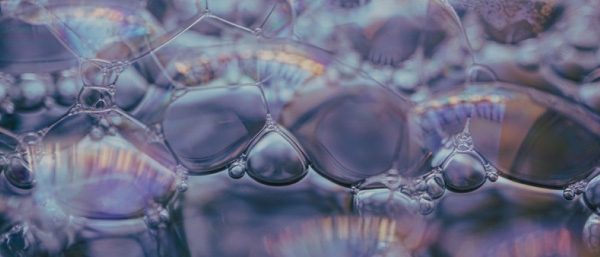Technologies
Innovative technologies in the fragrance and perfume industry are evolving rapidly, driven by the need to offer more customized, sustainable and high quality products.
The adoption of technological advances not only enhances the sensory experience, but also optimizes the production, creation and distribution of perfumes. Some of the main technologies that are setting trends in the perfume industry will be detailed.

1. Artificial Intelligence (AI) and Personalization Algorithms
Designing personalized perfumes with AI: Artificial intelligence has been deeply integrated into the creation of personalized perfumes. Some platforms have started using AI algorithms to analyze users' tastes and olfactory preferences and generate unique fragrances tailored to their sensory profiles. This process makes it possible to customize not only the combination of notes, but also the intensity and duration of the fragrance.
Example:
- Projects where through questionnaires on the user's sensory behavior (e.g., scent preferences or memories associated with certain fragrances), a completely unique formula is created, adjusting the proportions of the scents according to the information collected.

Improved trend prediction
AI is also revolutionizing the way companies predict future market trends. Through large amounts of data from social media, consumer reviews and sales analytics, algorithms can predict which ingredients, combinations or perfume styles will be popular in the coming months. This allows brands to stay ahead of consumer demand and develop products more efficiently.

2. Biotechnology and Sustainable Fragrances
Obtaining ingredients through biotechnology: Biotechnology is playing a crucial role in creating perfume ingredients in a more sustainable way. Microbial fermentation and bioprocessing processes are enabling the creation of aromatic compounds without the need to over-exploit natural resources. This helps to reduce the carbon footprint and improve ingredient traceability.
Examples:
- Santalol biotech: Some companies are producing santalol (a key component of sandalwood) synthetically through microbial fermentation, which reduces pressure on sandalwood forests.
- Bergamotene from yeast: The creation of this and other terpenes through biotechnological processes offers a more environmentally friendly option compared to the conventional extraction of essential oils from plants.

Vegan and animal cruelty-free fragrances
Thanks to biotechnology, brands can source ingredients and scent compounds without the need to use animals for testing or sourcing raw materials. This is in line with the growing market for vegan and animal cruelty-free fragrances.

3. Olfactory Sensor Technologies
Augmented reality (AR) and olfactory: Augmented reality is combining with the development of olfactory technologies to create immersive experiences. Some advances are allowing consumers to experience a "virtual perfume" through their devices, visualizing how a fragrance is blended in real time through graphical interfaces. These advances are also being implemented in perfume testing, where scent sensors can recreate a fragrance in a digital environment, reducing the need to test physical samples.
Digital sniffing" devices: Some advanced devices allow specific scents to be captured and reproduced, opening the door to new fragrance experiences through digital channels. These devices can be used by consumers to capture and share fragrance scents through mobile apps, providing a whole new level of interaction in the fragrance market.

4. Microencapsulation Technology
Controlled release of fragrances: Microencapsulation is a technology that is being applied in perfumery to improve the durability and controlled release of fragrances. Through this technology, fragrance molecules are encapsulated in small capsules that break down gradually, releasing the scent over a longer period. This enhances the user experience by making the perfume last longer on the skin or clothing without losing intensity.
Microencapsulation of active ingredients: This technology is also being used to encapsulate active ingredients within the fragrance, making it possible to combine perfumery with cosmetic benefits, such as skin hydration, antioxidant effects or even protection against pollution.

5. Digital Aromatherapy and Olfactory Neuron Technology
Intelligent aromatherapy: The concept of digital aromatherapy is gaining popularity, especially with the integration of smart devices that emit specific fragrances based on the user's mood, weather or even activity. These devices connect to mobile platforms or virtual assistants to deliver a personalized experience that can be tailored to the emotional needs of the consumer.
Artificial olfactory neurons: Artificial olfactory sensors, inspired by how human neurons process odors, are under development to improve the creation of perfumes. These systems attempt to replicate the way humans detect and process odors, which would enable more accurate and efficient creation of new fragrances.

6. Blockchain for Traceability of Ingredients
Traceability and authenticity: Blockchain technology is being used to ensure the traceability of ingredients used in perfumes. This helps verify the origin of raw materials and ensures that unethical or unsustainable ingredients are not used. Consumers can scan QR codes on products to learn the full journey of ingredients from source to final product.


